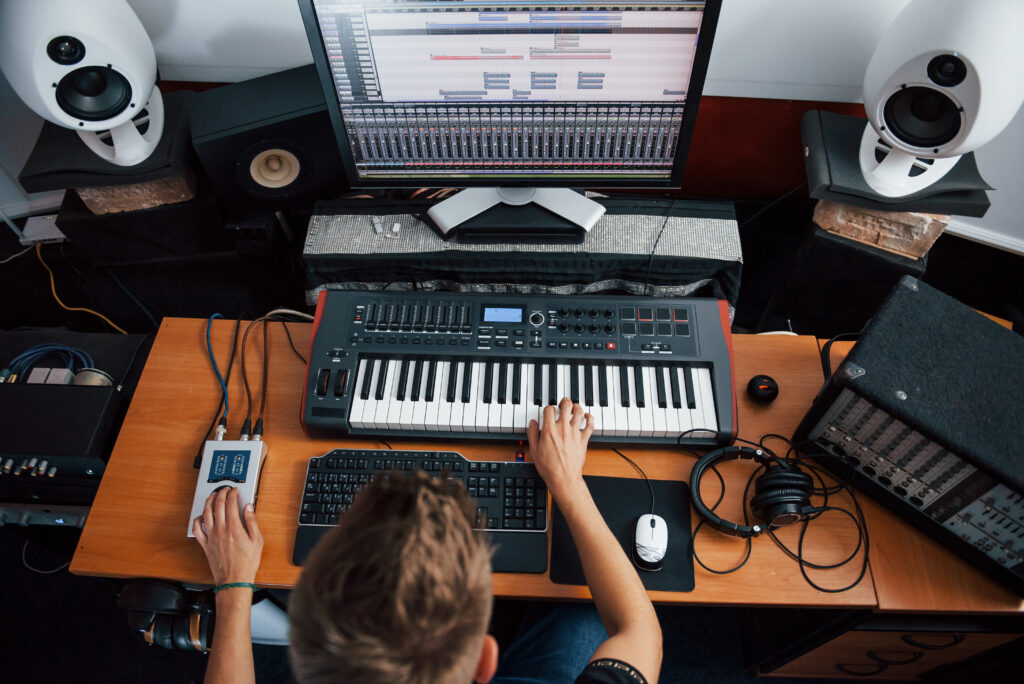
Disclaimer: for educational purposes only; not legal advice. Consult with a lawyer for personalized advice unique to your situation.
Misconceptions about fair use abound on the internet. Though the 1976 Copyright Act provides some guidance on when your use of a work can be considered fair use, the law is far more nuanced than it appears to be, and many claimed cases of fair use fall outside the statutory guidelines. Here are 3 things to take into consideration next time you want to use a copyright-protected work:
- Copying and reposting an entire work is not fair use. Using a built-in repost feature on social media, such as the repost feature on Threads, is permissible, but it is infringement to copy a work into your own social media account to make it appear that the work is your own. If you’ve used YouTube, you have certainly encountered channels who rip videos from other channels or outside sources and repost those videos on their own channels. Many of those videos include “disclaimers” that say something to the effect of, “I don’t own this video, but I am protected under fair use. All rights go to the copyright owner.” These disclaimers are ineffective and incorrect because by stating that you do not own the copied content, you admit that you have infringed, and giving credit to the copyright owner does not absolve you of that infringement (more on this below). Additionally, although multiple factors determine whether a particular action constitutes fair use, copying an entire work with no alterations made for any criticism, commentary, or educational purposes clearly infringes on the copyright owner’s exclusive right to reproduce (copy) the work. Unless the copyright owner granted permission to another party, only the copyright owner has the exclusive right to reproduce a work in its entirety.
- Just because it’s on the internet, that does not mean it is free to use. If you wish to use a copyright-protected work, you must ask the author for permission. Giving credit after you have committed infringement is not enough. It is a common misconception that any work that is posted on the internet, including social media, becomes free to use because the work is now publicly available. However, regardless of where a work is published, only the copyright owner holds the exclusive right to display, distribute, perform, and reproduce the work, and to authorize others to do these things. The law does not carve out a special exception for works made available on the internet; in fact, copyright law exists to protect authors from infringers once the authors’ works are published. If you do not have permission to use a work, you cannot use it even if you give credit to the author after using the work.
- Determinations of fair use involve a complex, multi-factor analysis. The fair use doctrine is an affirmative defense to infringement. This means that infringement occurred, but the copyrighted work was used in a way that was reasonable under the circumstances. The 1976 Copyright Act lists 4 factors that a court may use to evaluate claims of fair use: 1) the purpose and character of the use, 2) the nature of the copyrighted work, 3) the amount and substantiality of the work used, and 4) the effect of the use on the market value of the work. In any case, no single factor is dispositive, and a court may not weigh all factors equally. Therefore, it can be very difficult to predict whether the use of a work falls within the statutory and case law guidelines for fair use, so it is best to consult with a lawyer if you plan to use a copyright-protected work.
Not sure if your activities are protected by fair use? Contact us at randy@randyojedalaw.com and let’s discuss.
